The Best of Contemporary Malayalam Cinema: A Beginner's Guide
Subscribe to read full article
This section is for paid subscribers only. Our subscription is only $37/- for one full year.
You get unlimited access to all paid section and features on the website with this subscription.
Not ready for a full subscription?
You can access this article for $2, and have it saved to your account for one year.
“You don’t know my story, manager,” a young African footballer named Samuel haltingly tells his club manager Majeed, “Our life… not like your life. You don’t understand.” Samuel goes on to describe the crippling poverty back home, and his efforts to build a better life for his family by coming to India where athletic foreign players are in high demand. But now he is stuck in a small Kerala town, unable to return because his passport is lost and there are ongoing investigations against refugees.
The 2018 Malayalam comedy-drama Sudani from Nigeria centres on the cultural disconnect, slowly yielding to friendship, between manager and player – and in fact this disconnect is written into the film’s very title: Samuel is Nigerian, but some locals reflexively think of Africans as “Sudani”, not realising that Sudan and Nigeria are different countries. Eventually he stops trying to explain the difference.

If that generalisation makes you chuckle, remember that there are many educated north Indians who think of south India, and south Indian films, in similarly amorphous or broad-stroke terms. Even someone who is sensitive enough, or politically correct enough, to avoid terms like “Madrasi” (which so many of us Hindi-film viewers used in the 1980s) might remain uncertain about which state speaks Telugu and which speaks Malayalam; and even someone who identifies as a movie buff might think of Tamil and Malayalam cinema as interchangeable. (A friend, a critic from Tamil Nadu, once told me about how a Mumbai-based employer assumed that he would understand Telugu, Kannada and Malayalam without the aid of subtitles.)
Going on such a voyage of discovery in one’s forties is more unsettling, very different from scampering to film festivals and Embassy libraries as an adolescent; even the most enthusiastic and open-minded film buffs tend to stay in comfort zones beyond a certain age. But some of the processes, the connecting of dots, stay the same. For instance, my reason for choosing to watch Sudani from Nigeria wasn’t just that it was available on Netflix (many fine Malayalam films are now): it was that I had lately become familiar with the work of the wonderful actor Soubin Shahir, who plays Majeed here. Watching him in the film’s trailer, and then in the first scene, was reassuring and provided an entry point.
Through watching many fine films from the state recently, I have been learning about both the cinematic idioms and aspects of local culture and daily life depicted in them: from the forms that religious practice takes in Keralite Christian and Muslim households to how men drape the mundu – folded up or worn full – depending on occasion and whom they are speaking to. But of course, this is very much a work in progress, with many discoveries yet to be made. With that caveat, here are some films to get you started:
Kumbalangi Nights (2019)
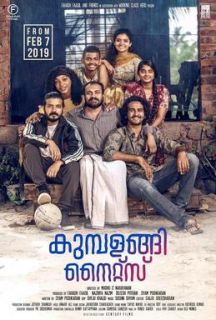
Even those who don’t follow “regional cinema” may well have heard of Madhu C Narayanan’s much-acclaimed Kumbalangi Nights. This is a good starting point for the untrained viewer, because it is a warm, accessible, narrative-driven film with lilting music, a terrific mix of comedy and drama, and super performances by some key actors. The story centres on the rough-hewn Saji (Soubin Shahir again) and his three brothers, living and squabbling together in a Kochi village. Theirs is a caveman existence in some ways, which has a lot to do with the fact that there is no moderating female presence in their lives – but as this slowly changes, their emotional lives undergo a shift too. What really sets the cat among the pigeons, though, is the nearby presence of a more seemingly balanced sort of family headed by the fastidious Shammi (Fahadh Faasil), who thinks of himself as a “complete man”.
Ee. Ma. Yau (2018) and Jallikattu (2019)
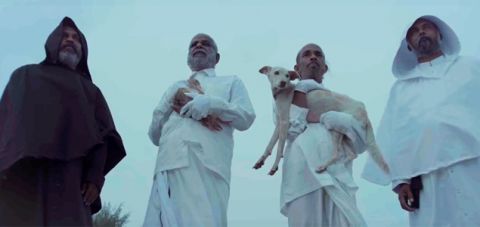
Lijo Jose Pellissery is one of the bona-fide auteurs of contemporary Indian cinema, a director who leaves a distinct visual and aural stamp on most of his work, and the last few years have seen a spate of acclaimed work from him, notably Angamaly Diaries, Ee. Ma. Yau. and Jallikattu. Here’s something I find fascinating about Pellissery: on the one hand, he clearly puts a lot of thought and craft into his shot compositions and gives the impression of maintaining rigid control over his mise-en-scene – in this, he belongs to the tradition of directors like Victor Erice or a Stanley Kubrick. And yet, there also seems plenty of space for the loose, serendipitous moment; for the way in which the interplay between two or more actors might change the dynamics of a scene.

Pellissery is known for the fluidity of his long takes – the camera weaving in and out of spaces, encompassing the actions of a number of different characters – but what’s equally seamless here is how the narrative moves between hysteria, farce and deep sadness. I haven’t seen many other films that manage to be so funny, dignified and mournful at the same time, often achieving all these things within the same scene (depending on which part of the crowded frame you are looking at). There is genuine loss and grief, but there are also marvellous depictions of the more performative versions of grief – most notably in the lamenting of the dead man’s wife Mariam, whose her histrionics become like a tragi-comic chorus running through the film.
Virus (2019)

Aashiq Abu is another of the most respected Malayali directors and producers, and his 2019 film Virus – a taut dramatization of the challenges facing medical professionals during the Nipah outbreak – is one reason why. Virus is, obviously, a very topical film in the current moment – perhaps even more so given the widespread admiration for Kerala’s efficiency in handling the Covid pandemic. But thematic relevance apart, this is first and foremost a superbly structured film, bringing the quality of a well-paced investigative thriller to a real-life tragedy. It moves from the small picture to the big one, incorporating the personal stories of many individuals infected (or affected) by the virus, as well as what the nature of the spread tells us about the society in which it occurs. It is chillingly familiar in its depiction of the panic caused – even within the medical fraternity – by a disease about which not much is known; and yet it offers hope too.
Uyare (2019)

Among the films that are relatively conventional in their telling but derive their effect from a powerful performance, a good example is Uyare, about an aviation student named Pallavi (played by Parvathy Thiruvothu) whose life and career threaten to fall apart after an acid-attack by her boyfriend. The metaphor of a woman “taking off”, refusing to be tethered by a patriarchal world, is perhaps a little too obvious: that’s inevitable in a story about a pilot struggling to be accepted in her profession while also caught in a nasty relationship that culminates in an insecure man disfiguring her face. But along with its big-message moments, Uyare also has some sharp little observations about the world that its protagonist has to negotiate. Such as the scene where one of Pallavi’s male colleagues is bemused by the signs outside a toilet, and she explains that the single “Blah” is supposed to represent men while a nonstop “Blah blah blah blah blah” indicates the ladies’ room. (“Because men talk only when necessary – at least, that’s what men say.”) Which genius thought this up, the colleague asks, and she replies, “I don’t know, but it must have been a man.”
Vikruthi (2019) and Maheshinte Prathikaaram (2016)
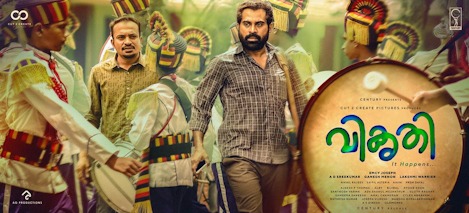
There is also a subgenre of slice-of-life stories built around a seemingly everyday incident that spirals into something big, and eventually reveals things about the characters and the society they belong to. Two good instances are the 2019 Vikruthi (Mischief) and the 2016 Maheshinte Prathikaaram (Mahesh’s Revenge). The former is based on a real-life story about a speech-impaired man, Eldho (wonderfully played by National Award-winner Suraj Venjaramoodu), who becomes the butt of scorn after he falls asleep on a train in exhaustion and a fellow passenger takes a photo of him. While Eldho is obviously the object of the film’s sympathy, what Vikruthi does expertly is to intercut his story with that of the man who is the agent of his humiliation, and who also gets to experience what it is like to be persecuted – this narrative structure eschews a straightforward victim-oppressor tale in favour of a nuanced examination of how two paths can collide with unfortunate results, and how an instant-gratification, technology-driven society is quick to judge people on very little evidence.
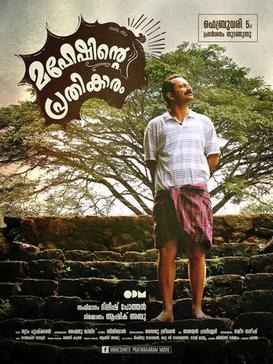
Maheshinte Prathikaaram is another many-complexioned film that seems unobtrusive to begin with, but slowly grows into the story of a man who must move towards a moment of private reckoning. Fahadh Faasil plays a photographer who gets humiliated in a street brawl and vows not to wear slippers again until he has had his revenge. You’d think a premise like that could make for a straightforward action drama or a straightforward slapstick comedy, but the storytelling is unconventional and detour-laden, and (much like Kumbalangi Nights, Ee. Ma. Yau. and many other films) the film milks whimsical humour from sombre situations. (Funerals, for example, can be both romantic and funny.)
Unda (2019)
One of the by-products of a cinematic culture that is moving from personality cults towards more grounded and realistic representations is that there are slyly affectionate inside jokes about older films and actors. For instance, Maheshinte Prathikaaram has a scene where a character, watching a film on TV, holds forth on the relative merits of superstars Mammootty and Mohanlal: the former will play any role, he says — a tree-climber, a tea shop owner, whatever – but the latter is great because he will only do “top-class” parts. (The reference won’t be immediately clear to an outsider, but this is a dig at Mohanlal’s tendency to play upper-caste characters.)

In this light, it’s intriguing to observe the friction within a film when a superstar of yore gets cast in a relatively non-showy part. In the 2019 Unda, Mammootty plays Mani sir, the leader of a police unit that is sent to Naxalite territory in Chhatisgarh for election duty. These cops are clearly out of their depth here, as lost as the “Sudani from Nigeria” was in a Keralite town – they struggle with lack of resources and information, language barriers, the hostility and suspicion that comes their way from the locals, and the note of terror that is struck with every uttering of the word “Maoist”.
It’s amusing to see Mammootty billed as “Megastar” in the opening credits of this film, where his role is so subdued, and where his character even becomes paralysed in a moment of crisis, unable to issue a command. He does briefly get to be the super-cop action figure in the climax, but the dominant image for much of the film is that of an avuncular man in a check-shirt, buying Parle G biscuits to distribute among his unit; or his eyebrows furrowing with concern and incomprehension when people speak urgently in Hindi in his presence.
Tags
About the Author
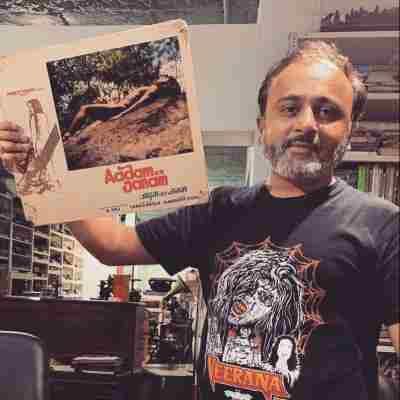
Jai Arjun Singh is an independent writer and critic. His books include The World of Hrishikesh Mukherjee, which won the MAMI Excellence in Writing on Cinema Award, Jaane bhi do Yaaro: Seriously Funny Since 1983 (about the making of the cult comedy film), and the anthology The Popcorn Essayists: What Movies do to Writers. He has conducted workshops and delivered talks at several colleges and universities, including JNU and Ashoka University, and has taught the Creative Writing class at the Sri Aurobindo Centre for Arts and Communication, New Delhi. His columns, reviews and essays have appeared in dozens of publications, and are available on his culture blog Jabberwock (http://jaiarjun.blogspot.in).






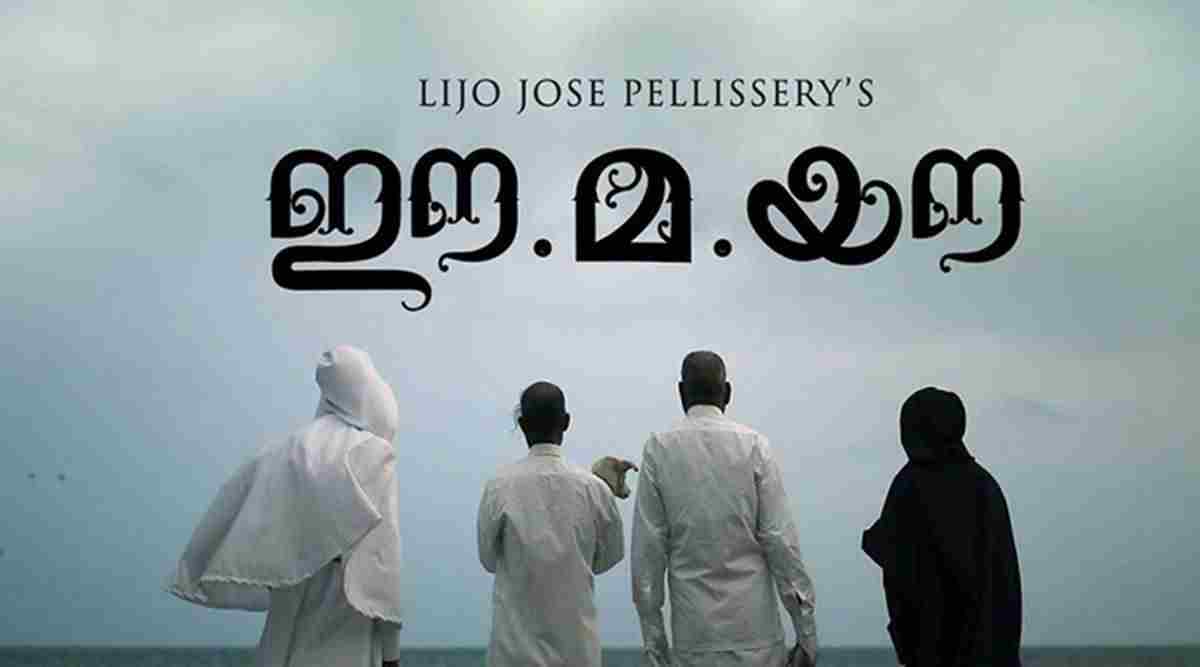
.jpg)


